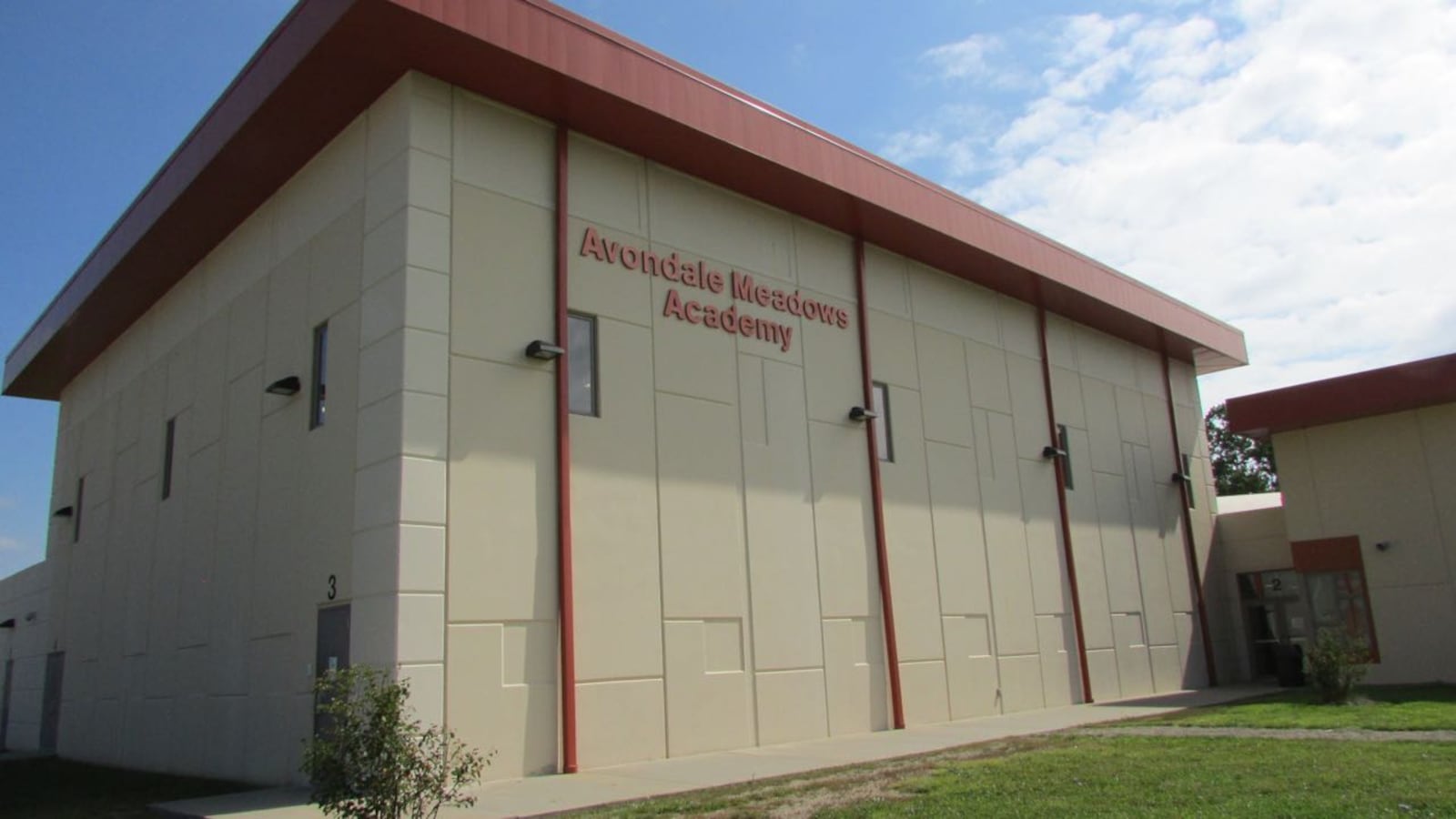State Superintendent Glenda Ritz announced today she is seeking guidance from the U.S. Department of Education over how to handle steep funding cuts to charter schools that local policymakers say might violate federal law.
At issue is the charter schools’ share of federal poverty aid known as Title I funding. This year, a third of charter schools in the state saw large cuts in that pool of funding, throwing off budget projections and riling up school leaders who are confused about why the cuts were made, said Michelle McKeown, director of the Indiana Charter School Board.
“We just want transparency and consistency” around how the funds are doled out to schools, McKeown said.
The amount of federal poverty aid sent to school districts is largely determined by Census data measurements of poverty in each county. When that data shows changes in the poverty levels, schools can get more or less aid.
“The Department is inquiring about the calculation of Title I funds for charter schools in light of an overall reduction of Title I dollars and a significant decrease in the Census Poverty Count for several charter schools,” said a news release from the Indiana Department of Education.
That doesn’t necessarily mean schools are dealing with less poverty — it might just be an issue with reporting. If families don’t complete the surveys and indicate their income, they don’t get counted.
But McKeown said the education department’s reasoning is confusing because charter schools don’t get Census poverty counts.
“The U.S. Department of Education assigns a Census poverty count to all (traditional public school districts),” she said. “They don’t do that for charter schools because charter schools don’t have a geographic boundary.”
Charter schools can enroll students from just about anywhere, space permitting, and their Title I funding relies on the traditional districts their kids come from, McKeown said.
For example, Avondale Meadows charter school on the city’s east side has 100 percent of its students coming from within IPS’s boundaries, she said. Once IPS gets its Title I funding handed down from the federal government through the Indiana Department of Education, a portion is redirected to Avondale Meadows for its students who qualify for that aid. That is generally based on the number of students whose families are eligible for free and reduced-price lunch.
But this year, the school saw a federal poverty aid drop of about $129,000, despite the fact that IPS received about $1.5 million more in federal aid even while its enrollment dropped.
Avondale Meadows, McKeown said, had stable enrollment with between 75 and 80 percent of students coming from families that are poor enough to qualify for free and reduced-price lunch for the past two years.
Earlier this month the Indianapolis Business Journal reported charter schools were seeing even steeper federal poverty aid cuts than their traditional public school counterparts, despite few changes to the population the schools serve.
On Monday, U.S. Reps. Luke Messer and Todd Rokita sent a letter to Ritz asking for an explanation, saying the inequality in funding violates state and federal laws that aims to stabilize district and charter school Title I poverty funding from year to year.
“According to reports, charter schools in our state saw a $2.3 million dollar decline in Title I funds in FY2016,” the letter said. “At the same time, some traditional public school systems, like Indianapolis Public Schools, for example, received an additional $1.5 million in Title I funds despite a decline in enrollment.”
The U.S. Department of Education states that any “state education agency” (in this case, the Indiana Department of Education) cannot reduce the amount of Title I funding for a “local education agency” (a school district or individual charter school) by more than a certain percentage from the prior year.
These “hold harmless” rules attempt to keep schools from seeing shocks to their budgets that could compromise the schools’ staff and day-to-day operations. McKeown said 22 of the state’s 59 charter schools saw funding cuts that were more than what the “hold harmless” rules allow.
Going to the U.S. Department of Education might hopefully resolve the questions about federal law, McKeown said.
Carey Dahncke, director of the Christel House Academies charter school network, said getting advice from the feds is a good move that ultimately will help children who most need the extra funding support.
“I am pleased to see the IDOE is now seeking assistance from the federal Education Department,” Dahncke said in an email. “Secretary (Arne) Duncan has expressed his belief that charter schools are entitled to the same kind of equity in public funding that a local school district would receive.”
Indiana Department of Education officials told the IBJ that the discrepancy was because charter schools incorrectly submitted information to them. The department’s statement also said extra federal aid available to schools in years past might have masked previous cuts. Because that money is no longer an option, the cuts are coming into play now.
“Because this is a federal program funded by federal dollars, the Indiana Department of Education is seeking further federal guidance,” the statement said. “As soon as the Indiana Department of Education receives further federal guidance, it will communicate with both charter and traditional public schools to ensure that all students in Indiana receive the funding they are allowed by law.”
But McKeown said this isn’t really a problem with data. She explained that a few charter schools did have data issues, but they were in the minority of schools who are concerned about funding cuts.
“There are lots of very complicated questions about exactly how the formula applies, but at the end of the day, the hold harmless question is quite simple,” McKeown said. “Because charter schools in Indiana were not held harmless … but all the traditional public schools maintained their hold harmless provisions.”


